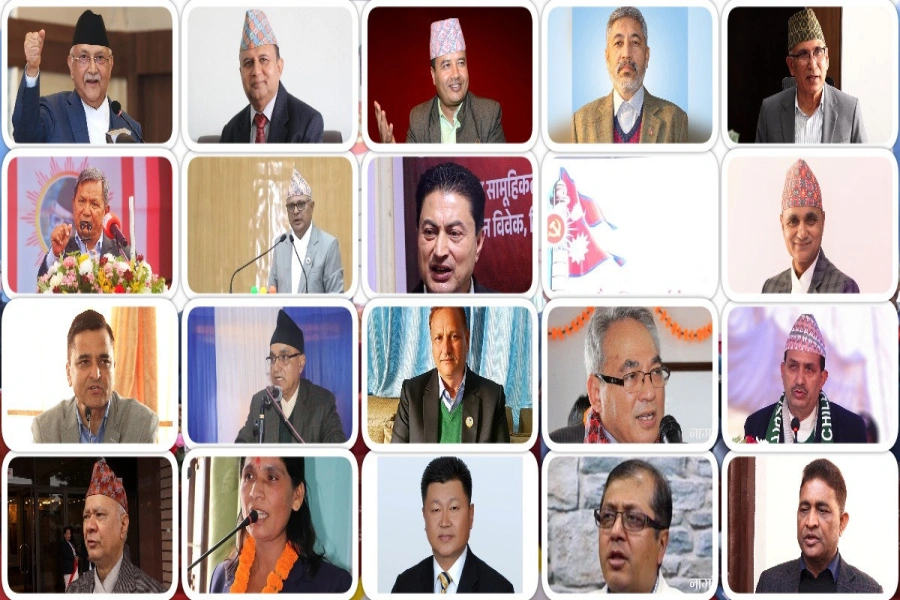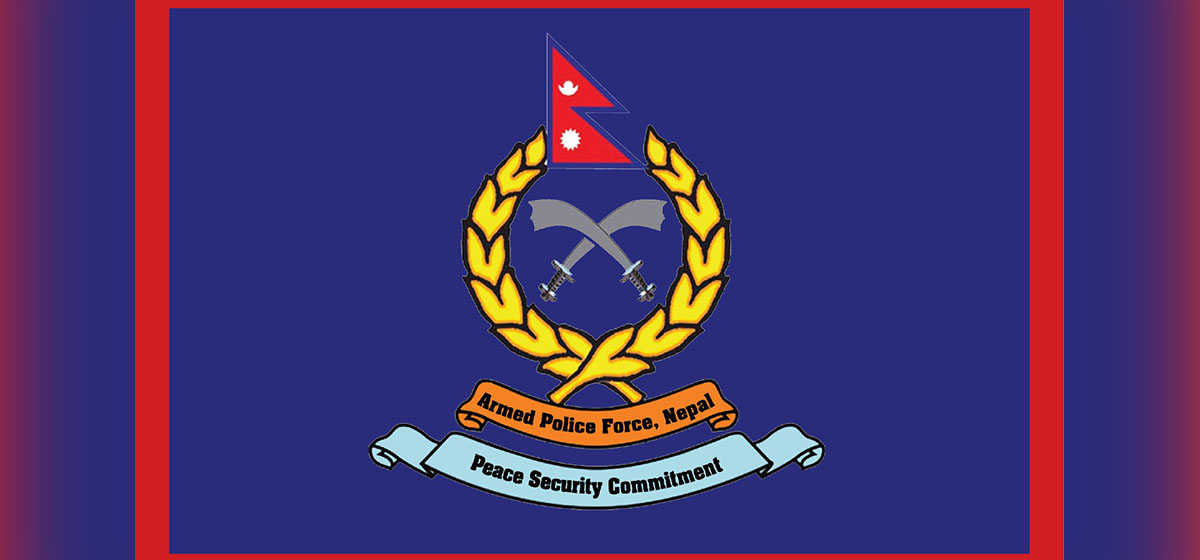KATHMANDU, Oct 22: While the country’s debt burden has been increasing at an alarming rate, the government took additional public debt worth Rs 136.31 billion in the first three months of the current fiscal year.
According to the Public Debt Management Office (PDMO), the government’s liability of public debt stood at Rs 2.434 trillion as of the end of the fiscal year 2023/24. By the first quarter end of the current fiscal year, the total public debt has soared to Rs 2.523 trillion, with the net increment of the outstanding loans of Rs 88.93 billion.
Out of the received loans of Rs 136.31 billion, a total of Rs 115 billion was domestic borrowing while the remaining Rs 21.31 billion stood for external borrowing. During this period, the government settled interest and principal repayment worth Rs 69.03 billion in debt servicing.
Lending slows as banks focus on recovery of loans at fiscal yea...

As of mid-October this year, the ratio of public debt to the country’s gross domestic product (GDP) has reached 44.23 percent. According to the government records, Nepal’s GDP currently stands at Rs 5.704 trillion.
The current ratio of public debt to GDP is the highest in the past 18 years. In FY 2005/06, this ratio was recorded at 49.52 percent. It was successively reduced to 22.28 percent in FY 2014/15. The amount of public debt again started to escalate following the devastating earthquake that hit the country in 2015. In the last one decade, the figure has surged five-folds.
The country’s public debt to GDP ratio at present is way too high compared to the figure estimated by a number of researches conducted by the central bank. A research conducted by Nepal Rastra Bank (NRB) in May 2024 states that the ideal ratio of public debt to GDP for Nepal is 35.43 percent. Another research published in the NRB Economic Review in 2020 has also estimated the optimum public debt to GDP ratio for the country at 33 percent.
These researches have cautioned that excessive debt burden could lead to crowding out effects, increased tax rates and higher interest payment burden on the country along with exerting excessive pressure on future generations for repayments of loans. “Debt accumulation should closely correspond with the country's aims for sustainable economic development, emphasizing not just debt repayment but also the promotion of the highest possible level of growth attainable,” recommended these researches.
Amid a growing burden of public debt, the government is also forced to allocate a significant portion of its annual budget in loan repayments. For the current fiscal year, the government has set aside Rs 402 billion just for this purpose. The figure is 21.6 percent of the annual expenditure, while it is Rs 50 billion more than the amount allocated for the capital expenditure.
While the government is attributing the slow revenue collection behind the soaring amount of the public debt, analysts blame it on the government’s apathy to control unproductive expenses. This fiscal year, the government has targeted to receive Rs 547 billion in loans to meet its financial liabilities.









_20200824121754.jpg)
























